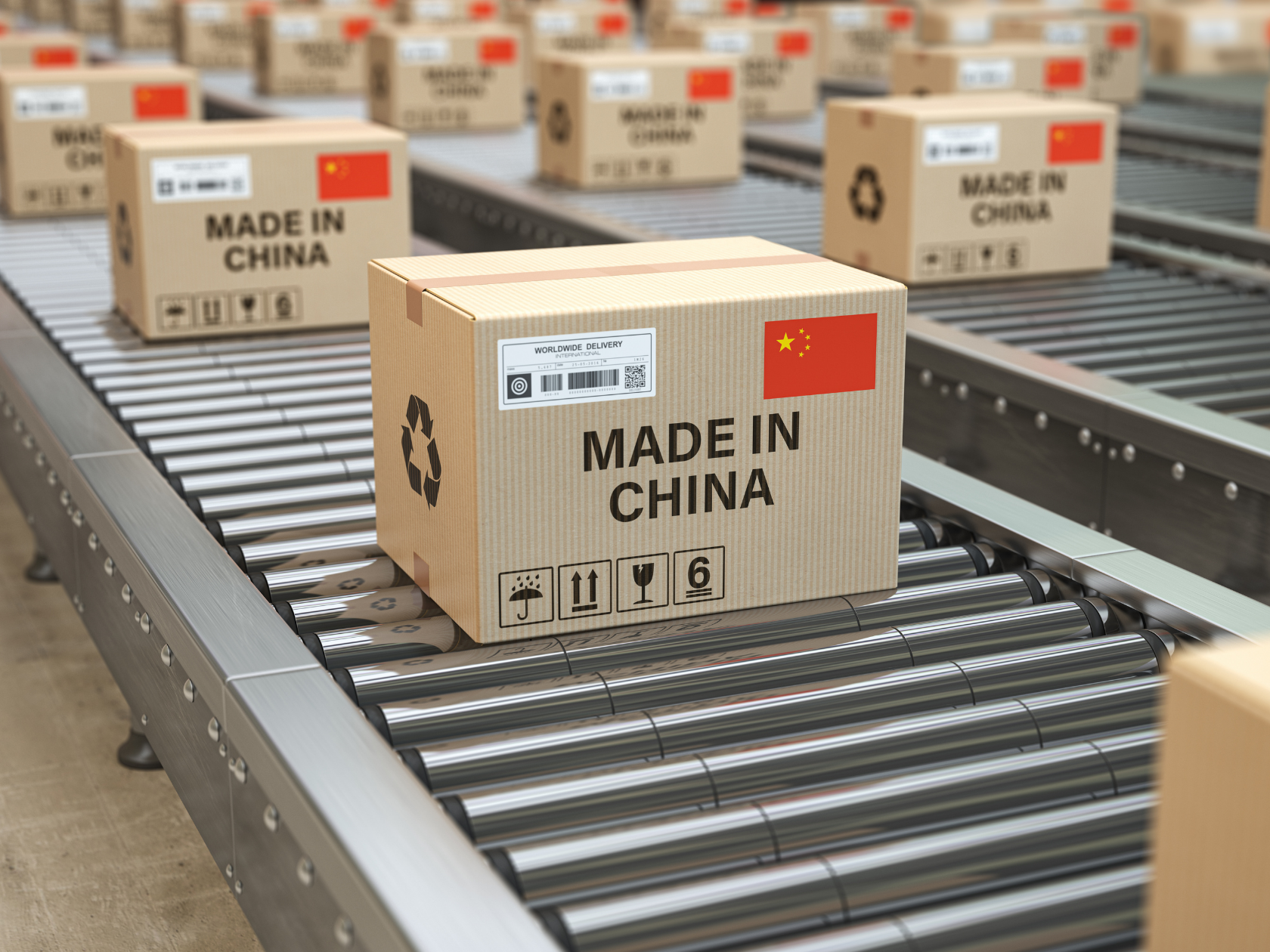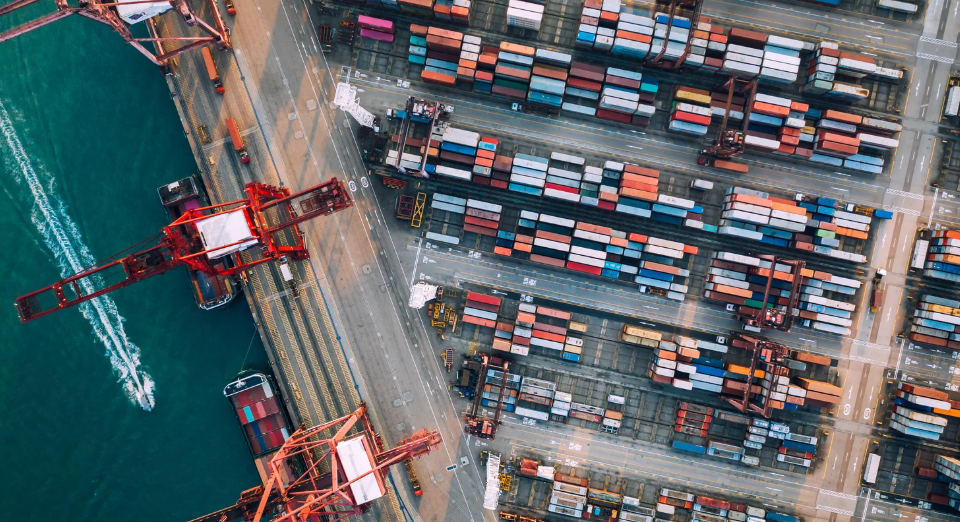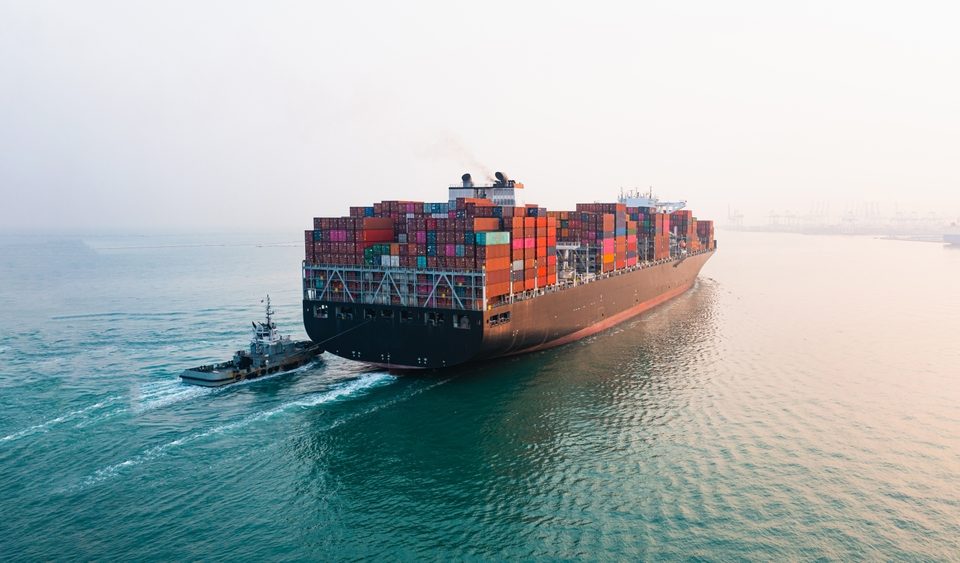
U.S. Moves to Ban Goods Made in Xinjiang, China
January 4, 2022
Port Congestion Update 1/14/22
January 17, 2022Weekly Vessels Anchored and at Terminals as of 1/7/2022
LA & LB: Anchored 14 (NM)* | Terminal 28 | Loitering 88 (NM)**
Oakland: Anchored 9 | Terminal 8 | Drifting/Loitering 1
NWSA: Anchored n/a | Terminal n/a | Drifting n/a
Vessel Congestion Update
On January 4, 2022, the Southern California Marine Exchange reported 110 total ships in the ports of Los Angeles (LA) and Long Beach (LB). Of the vessels, 46 are container ships including 16 at anchor or loitering and 30 at berth. The specific number of container vessels that normally loiter or are anchored outside the 150-mile safety air-emissions exclusion zone, referred to as SAQA (Safety & Air Quality Area), was not released by the Marine Exchange. On January 5, 2022, the Port of LA Operations Report indicated 102 vessels with 14 container vessels (LA 4 & LB 10) anchored within the 40-mile (NM) in-port area and 88 loitering/steaming toward the San Pedro Bay. Container vessels are waiting for an average of 21.6 to 29.2 days to reach a terminal to unload their containers.
Note: Nautical Mile (NM) *Within 40 NM and **Outside 150 NM
Loitering = Container vessels slow speed steaming and not at anchor
LA/LB Import Cargo Loaded Container Dwell Fee – Extended Until 1/10/22
The twin ports of LA and LB have, for the eighth time, delayed consideration of enforcing the “Container Dwell Fee” until January 10, 2022. Port of Los Angeles Executive Port Director, Gene Seroka, stated in part: “He is grateful to many within the supply chain from shipping lines, marine terminals, trucks, and cargo owners, for their increased collaborative efforts.” As the year-end holidays slowed progress compared to previous weeks, the dwell fee on containers with import cargo was postponed. The action is an effort to reduce the number of containers at the ports and both port executive directors announced they would defer implementation of the import cargo fee, citing ongoing improvements of congestion, and will reassess next week’s data.
LA Pending Fee on Long Dwelling Empties/Against Vessel Carriers – Effective 1/30/22
On December 30, 2021, the Port of LA announced an additional planned fee against vessel carriers with empty containers that linger for nine days and longer on the marine terminals. The fee requires the approval of the LA Harbor Commission, which will meet on January 13, 2022, and could take effect on January 30, 2022. It is expected the Commissioners will authorize the action, however, it does not mean the fees will be assessed. Seroka was quoted in part: “While we have seen significant success reducing import containers on our docks, in the past two months, too many empty containers are sitting on marine terminals. It is believed more than 100,000 empty containers are at the port complex of Los Angeles and Long Beach.” Starting January 30th, the Port of LA intends to levy a charge of $100 for every empty container on the premises lingering nine days or more. The fee will increase by $100 every day until the empty container leaves the port. The objective of the empty container program is not to collect fees but to free-up space on the marine terminals like the objective of the import dwell fee.
Port of Oakland Pushes to Increase Agricultural Exports
To improve the flow of agricultural exports, the Port of Oakland’s initiative involves using additional yard space and equipment. As the port seeks to restore export ship calls and assist export users, the goal is to provide relief to agricultural exporters who are facing shortages of export capacity and skyrocketing costs. The port plan includes the opening of a 25-acre off-terminal paved container yard equipped to move containers of chassis and store them for rapid pick-up. The yard can provide access to equipment and enable faster truck turns without having to wait for in-terminal space. Federal and California state agricultural agencies will be available to assist agricultural exporters. The Biden Administration Port Envoy John Porcari has provided federal support, promoting frequent discussions with agricultural exporters, shipping lines, and the port. The Oakland Maritime Director, Bryan Brandes was quoted: “We need the shipping companies to immediately restore the export lines from Oakland to Southeast Asia and the Indian subcontinent.”
The ports have experienced recent drops in export volume due to skipped sailing of crucial export lines along with the lack of equipment for export cargo due to the import surge that clogged the port and created the lack of equipment for export cargo.
Port of Savannah – Gateway Terminals
The Georgia Port Authority (GPA) anticipates streamlined services as a new joint venture stevedoring company began handling cargo activities this week. The company known as Gateway Terminals, combined Ports America, Ceres Marine Terminals, and Stevedoring Services of America Atlantic into a single joint venture entity, consolidating container terminal, truck gate, and stevedoring services at the port. In part, it will manage the operation of loading and unloading vessels, hiring dockworkers ILA-Longshoremen on behalf of the shipping lines, planning vessel stowage, and overseeing cargo handling safety. GPA Executive Director Griff Lynch in part stated, “Benefits for port customers include integrated operations across all berths, providing the ability to turn more ships and move more cargo and this improved efficiency and collaboration is coming at the perfect time, considering the sustained increase in cargo volumes over the past year and a half.” The Savannah/GPA port complex has the potential to significantly increase throughput because of the consolidation, according to GPA. In November, the port handled close to 500,000 TEU (all categories), marking 16 consecutive months of record growth.
Port of Ningbo – China’s COVID-19 & Omicron Variant Loom
Lockdown measures across the City of Ningbo were feared this week as an outbreak of COVID-19 has sparked local lockdowns and mass testing which has hampered trucker availability connecting Ningbo-Zhoushan ports. Ningbo Customs issued a detailed business emergency response with changes to some customs clearance and inspection operations locked down of portions of the Beilun District which houses some of the city’s busiest container terminals. Officials in Ningbo have tightened COVID-19 restrictions in Beilun. A major freight forwarder has also reported that a container depot in the lockdown area has suspended operations.
It is possible the heightened restrictions could result in production disruptions, including short-term delivery and order fulfillment delays, at factories in the affected areas of the Beilun District. While Beijing’s strict zero-COVID policy has curbed local outbreaks by conducting mass testing, snap lockdowns, vigilant surveillance and extensive quarantines, the new variants such as omicron have intensified.
Lars Jensen, CEO of Vespucci Maritime suggests in part: “China’s continued use of a zero-tolerance policy towards COVID-19 combined with the rise of the more contagious omicron variant means that the risks of larger disruptions to not only supply chains but also manufacturing could be significant in the coming weeks.” It was noted that Ningbo has had three partial lockdowns in the past six months.
Please contact your Western Overseas representative with any questions.





